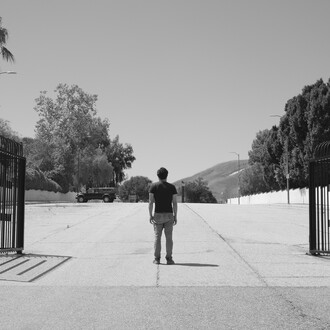The exhibition Five friends: John Cage, Merce Cunningham, Jasper Johns, Robert Rauschenberg, Cy Twombly tells the story of an influential yet often overlooked network of five prominent artists. While each of these artists has received considerable recognition, their friendship and the strongly influential relationships, both artistic and romantic, between them have gone largely unexamined.
As individuals and as a group, these artists played a central role in postwar art, making decisive contributions to the history of art, music, and dance through their interdisciplinary approaches. Today, their work continues to inspire new generations of artists. With its focus on the interactions between these five artists, the exhibition also reflects on the experience of being a gay artist in the 1950s, providing new insights into the dynamics of postwar art in the United States and beyond.
This is the first time that Cage’s theoretical influence on Rauschenberg and Twombly, the stage sets by Rauschenberg and Johns for the Merce Cunningham Dance Company, and the creative dialogue between Twombly, Rauschenberg, and Johns have been the subject of a major exhibition. The performative and collaborative dimension of their practices exemplifies their shared conception of a nonhierarchical, multipolar, and anti-imperialist society.
In addition to the intellectual and political affinities among the five artists, the exhibition examines the surprisingly strong formal and material similarities between scores, drawings, paintings, choreographies, and (moving) sculptures. Many of the works were created side by side in the same studios and are presented together for the first time in a museum setting, making the artistic exchange between the five friends tangible. In collaboration with musicians and dancers, works by Cage and Cunningham will be restaged in the exhibition, anchoring them in the present.
















